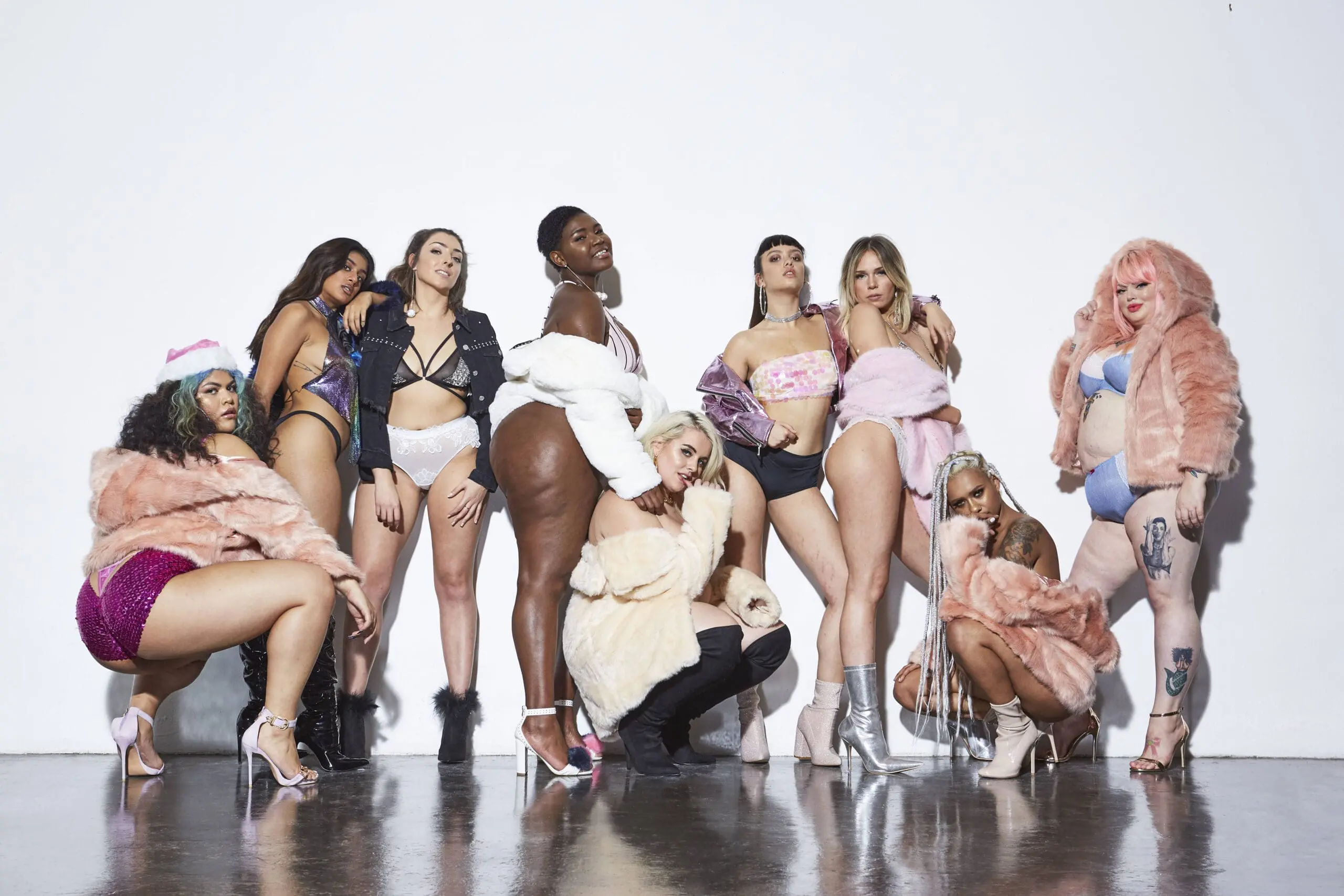Luxury fashion brands have long been criticised for a lack of diverse representation, whether that is on the runway or in advertising features. However, brands are starting to step up and offer a more diverse product range highlighting their commitment to change and a want to do better.
Customer Demand leads the Way
Diversity has long been a hot topic for the fashion industry and over the last few years it has become important for fashion retailers to embrace this movement. This business objective directly supports what consumers are increasingly demanding. They want to see diversity and representation in all areas. In many cases, this is simply because they do not see any personal representation in the products and brands that surround them. Mintel’s US Diversity and Inclusion report reveals that 8 in 10 consumers want to see unedited images in beauty advertisements. Likewise, over half of Black consumers have struggled to find beauty products which match their skin tone.
In 2019, we reported that only two mainstream luxury brands had introduced a plus-size collection to date. In 2024, things have moved on. Today plus-size collections are offered by luxury names such as Karen Millen, Michael Kors, and Ganni. Despite this progress by luxury brands, it is the high street which continues to serve this market better.
Online fashion retailers like BooHoo and Pretty Little Thing are also stepping up and making clear that diversity does not simply mean stocking larger sizes. Prominent menu options on these sites include plus-size, tall, petite and maternity wear.
Diversity in Luxury Brands is a Slow Process
Diversity is not only about body size; where luxury brands have fallen short is in championing people of different ethnicities and backgrounds. This is underscored by data from Mintel’s UK Diversity Report showing that 55% of Brits feel that brands’ support of minority groups can feel inauthentic. In recent years, the luxury fashion industry has taken steps to embrace diversity and inclusivity, although this journey has not been without its missteps and controversies.
Several high-profile brands have faced backlash for campaigns and products that were perceived as insensitive or offensive. For instance, Dolce & Gabbana was accused of perpetuating cultural stereotypes in a 2018 Chinese ad campaign. That same year, Prada withdrew products from its line after accusations of featuring racist imagery. Gucci faced backlash in 2019 for selling a sweater that was likened to blackface imagery, and in 2020, Comme des Garçons came under fire for styling white models with cornrow wigs at a Paris fashion show, a move that sparked a conversation about cultural appropriation in fashion.
Despite these missteps, there has been a positive trend towards more authentic and inclusive representation in the luxury fashion world. A notable example is the launch of Kim Kardashians clothing brand SKIMS, which set new standards in the beauty industry for inclusivity. SKIMS’ approach targets inclusivity by representing people of all shapes and sizes throughout their product range, model choices and social media platforms.
Fashion, particularly at the luxury level, has always thrived on capturing attention and often pushes boundaries to do so. In recent years, brands like Gucci and Marc Jacobs have begun to blur gender lines in their collections, reflecting a growing recognition of gender fluidity. Jean Paul Gaultier, a long-standing icon in the fashion industry, has been at the forefront of this aesthetic, consistently challenging traditional gender norms and championing diversity in his designs.
Ultimately, what matters most is a brand’s commitment to authentic representation. This goes beyond using diversity and inclusivity as mere tools for garnering attention or managing public relations crises. Fashion brands must ensure that diversity is woven into the fabric of the brand’s identity and not just a superficial marketing strategy.
Inclusivity is Key
The business case for embracing diversity is strong. Boston Consulting Group found that above-average diversity correlated with a 19% increase in innovation revenue (revenue from new or enhanced products) over three years. These new hires are a step in the right direction, but other luxury brands have a long way to go. It is often assumed that creating more diverse campaigns and including a diverse range of models on the catwalk is enough. However, without inclusivity, diversity can be seen as tokenistic.
What these new hires should focus on is creating a climate of inclusion, where people of all types feel comfortable and people from a wide range of backgrounds are hired, not just in entry-level roles but also as board members who are encouraged to have a say on what the brands’ release via social media and in stores. Companies that reflect their customers are more likely to succeed.
Align with the latest trends in consumer behaviour by exploring our extensive Fashion Market Research today.
Subscribe to our newsletter, Spotlight, to get free content and insights delivered directly to your inbox.




































